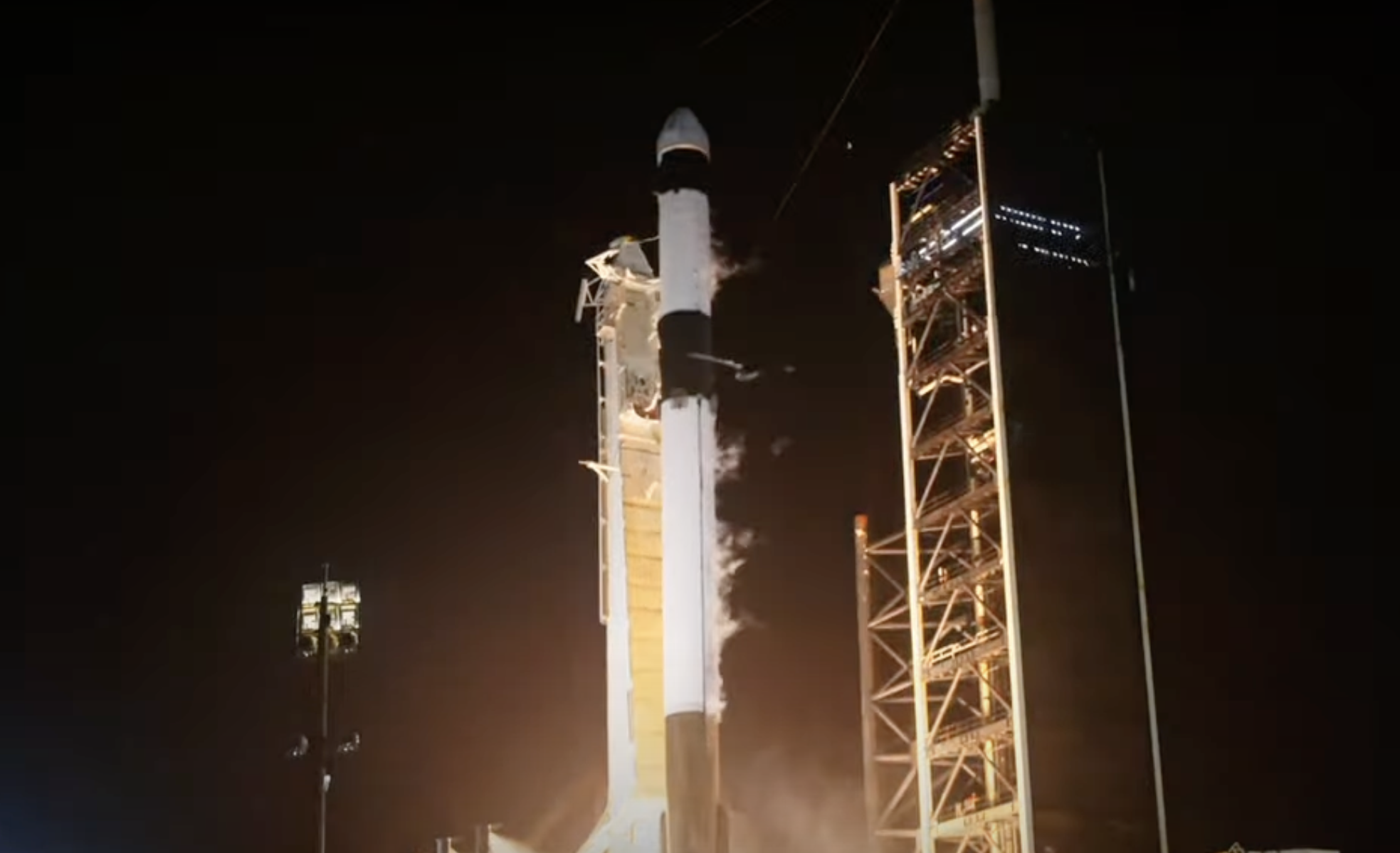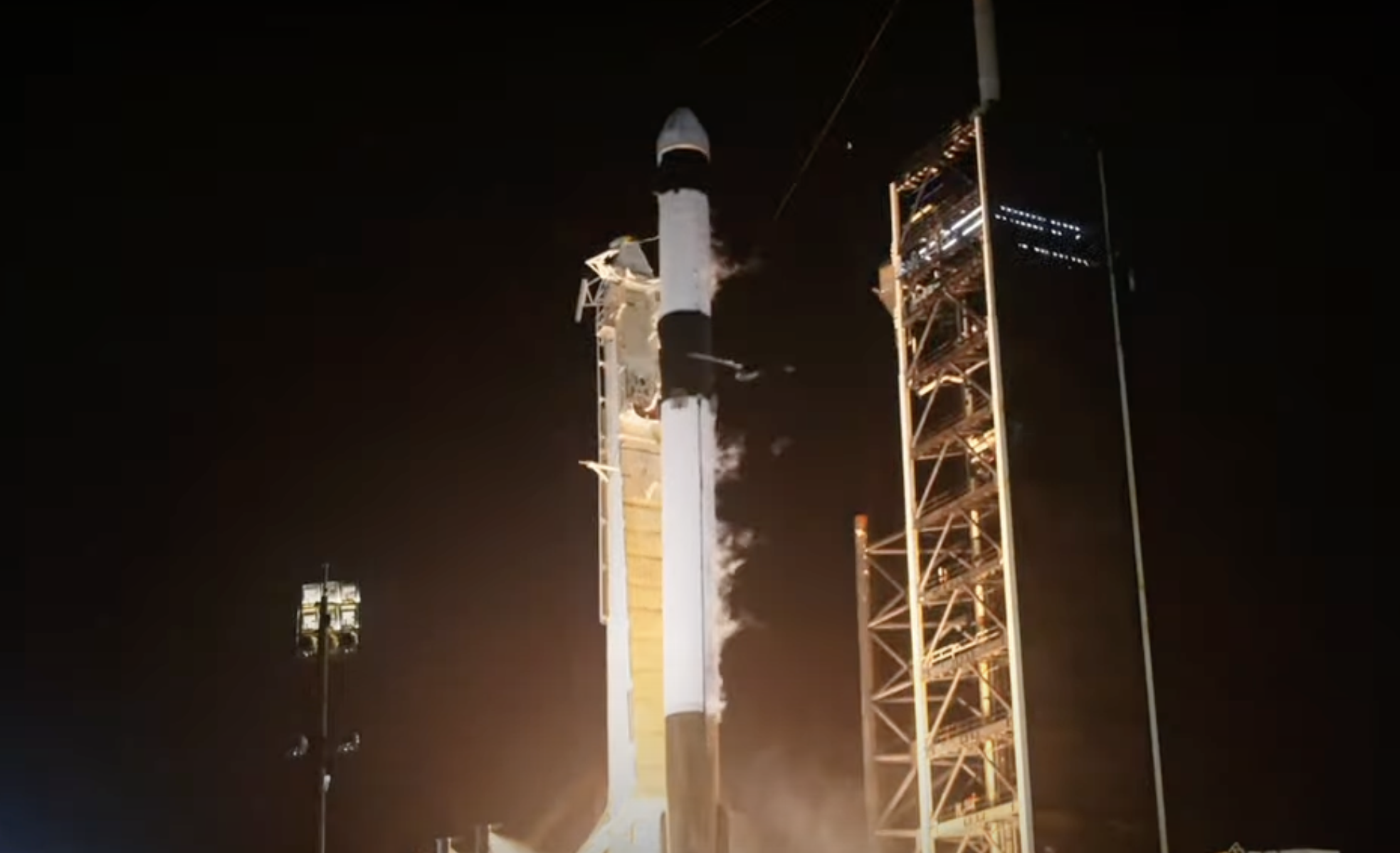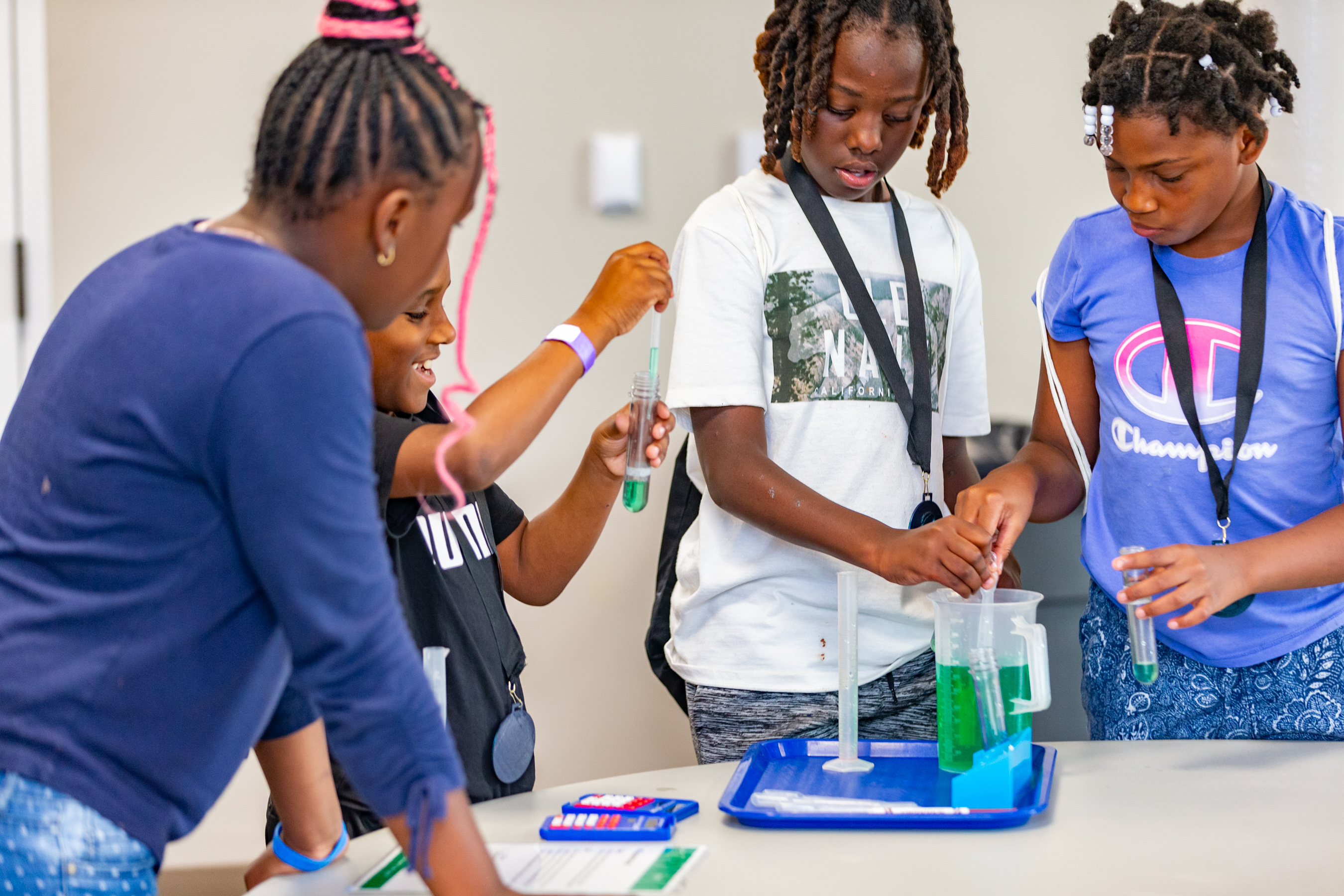NASA Science, Cargo Launch on 31st SpaceX Resupply Mission to Station
Following a successful launch of NASA’s SpaceX 31st commercial resupply mission, new scientific experiments and cargo for the agency are bound for the International Space Station. The SpaceX Dragon spacecraft, carrying more than 6,000 pounds of supplies to the orbiting laboratory, lifted off at 9:29 p.m. EST Monday, on the company’s Falcon 9 rocket from […]

Following a successful launch of NASA’s SpaceX 31st commercial resupply mission, new scientific experiments and cargo for the agency are bound for the International Space Station.
The SpaceX Dragon spacecraft, carrying more than 6,000 pounds of supplies to the orbiting laboratory, lifted off at 9:29 p.m. EST Monday, on the company’s Falcon 9 rocket from Launch Complex 39A at NASA’s Kennedy Space Center in Florida.
Live coverage of the spacecraft’s arrival will begin at 8:45 a.m. Tuesday, Nov. 5, on NASA+ and the agency’s website. Learn how to watch NASA content through a variety of platforms, including social media.
The spacecraft is scheduled to autonomously dock at approximately 10:15 a.m. to the forward port of the space station’s Harmony module.
The resupply mission will support dozens of research experiments conducted during Expedition 72. In addition to food, supplies, and equipment for the crew, Dragon will deliver several new experiments, including the Coronal Diagnostic Experiment, to examine solar wind and how it forms. Dragon also delivers Antarctic moss to observe the combined effects of cosmic radiation and microgravity on plants. Other investigations aboard include a device to test cold welding of metals in microgravity and an investigation that studies how space impacts different materials.
These are just a sample of the hundreds of investigations conducted aboard the orbiting laboratory in the areas of biology and biotechnology, physical sciences, and Earth and space science. Such research benefits humanity and lays the groundwork for future human exploration through the agency’s Artemis campaign, which will send astronauts to the Moon to prepare for future expeditions to Mars.
The Dragon spacecraft is scheduled to remain at the space station until December when it will depart the orbiting laboratory and return to Earth with research and cargo, splashing down off the coast of Florida.
Learn more about space station activities by following @space_station and @ISS_Research on X, as well as the ISS Facebook, ISS Instagram, and the space station blog.
Learn more about the commercial resupply mission at:
https://www.nasa.gov/mission/nasas-spacex-crs-31
-end-
Claire O’Shea / Josh Finch
Headquarters, Washington
202-358-1100
joshua.a.finch@nasa.gov / claire.a.o’shea@nasa.gov
Stephanie Plucinsky / Steven Siceloff
Kennedy Space Center, Fla.
321-876-2468
stephanie.n.plucinsky@nasa.gov / steven.p.siceloff@nasa.gov
Sandra Jones
Johnson Space Center, Houston
281-483-5111
sandra.p.jones@nasa.gov
What's Your Reaction?



















.jpg?#)

































